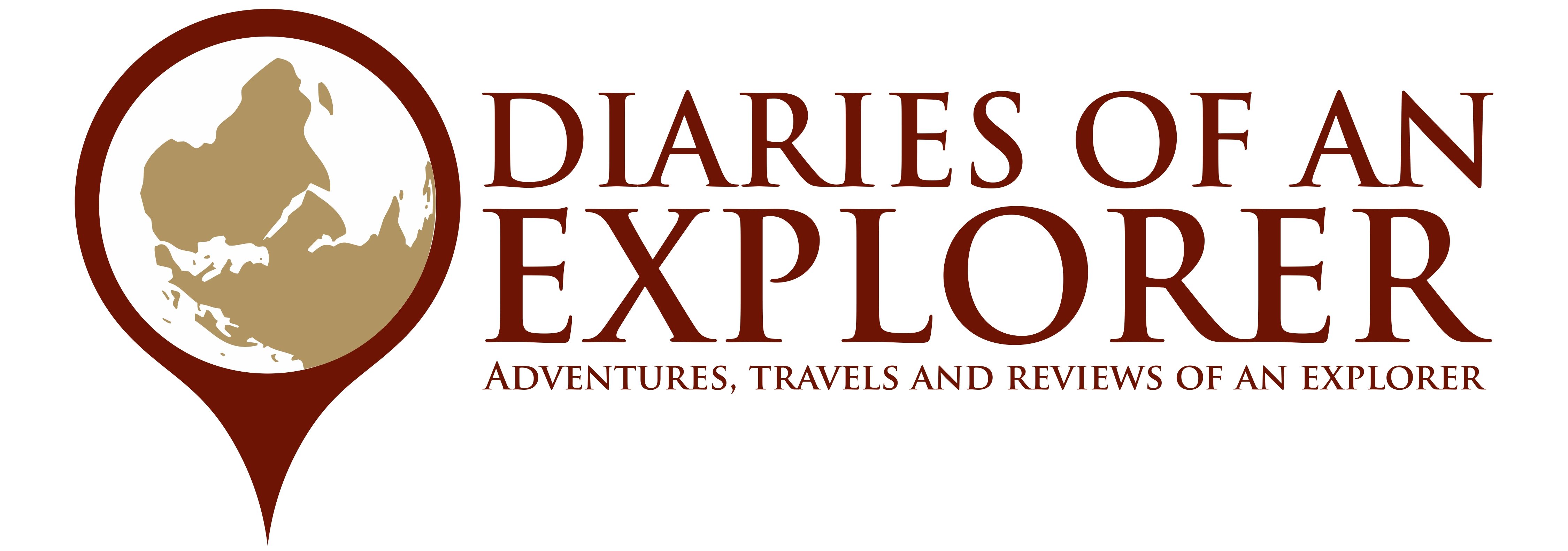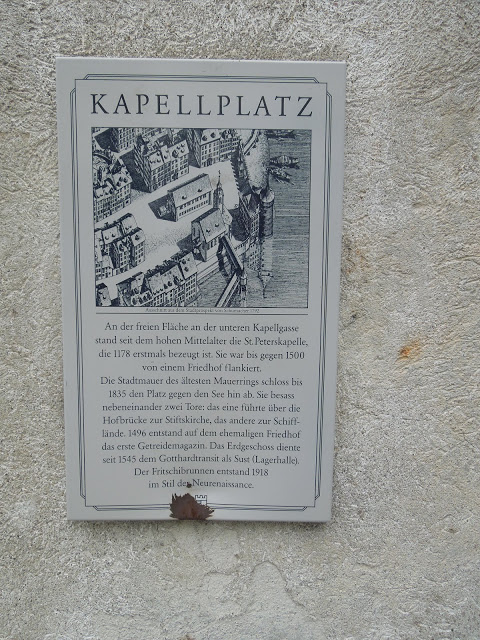with two landmarks: the oldest church of Lucerne, St. Peter’s church, built in 1178,
The area of altars is impressive as you can see:
The area between the Hofkirche and the Dying Lion has some typical houses and nice foreshortenings.
and some “Swiss cows”.
Well after having visited the Musegg Wall area I jumped again into the old district of Lucerne
with its decorated houses
around Hirschenplatz
or close again to Kapellplatz with the Carnival symbol, the Fritschi.
In a little street I found this incredible foreshortening to the Wasserturm:
Then along the Reuss river you find the Rathaus, the old Town Hall,
Look at the precious building close to the Rathaus
around the Kornmarkt
and then in the Weinmarkt
and finally the Muhlenplatz
with that leads to the Spreuerbrucke with this nice view:
Crossed again the river you have another beautiful picture spot, where you can see towers and walls of Musegg Wall
and then you find the Nadelwehr,or Needle Dam, that serves to regulate the water flow coming from the lake.
Following the Pfistergasse you have other nice picture spots
and along Bahnhofstrasse you got to the Jesuitenkirche, built around the 17th Century, with its Baroque style.
and from this another sightseeing point:
with its decorated flags that represent Lucerne’s conquests in the Middle Ages
and with many frescoes from the period between Renaissance and Baroque.
Get the latest adventure updates and the free guide How to travel in Europe!







































